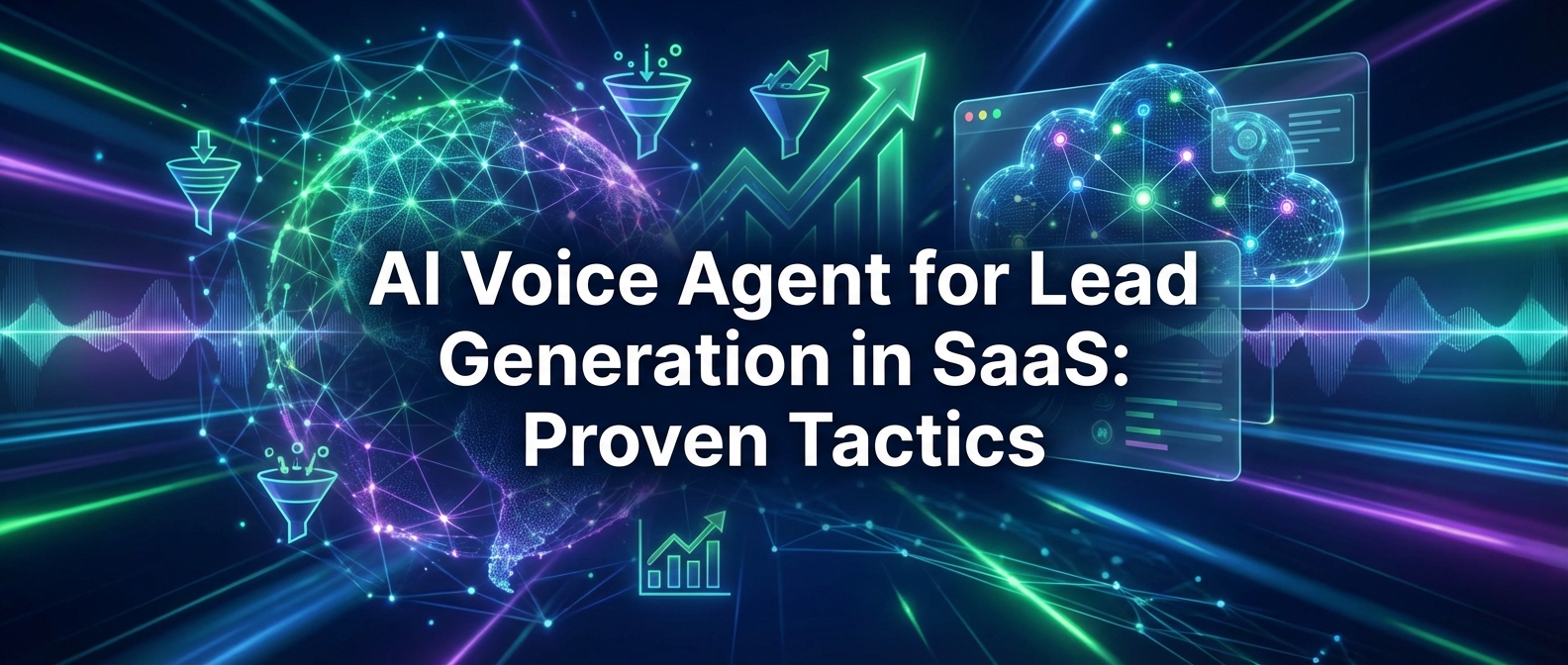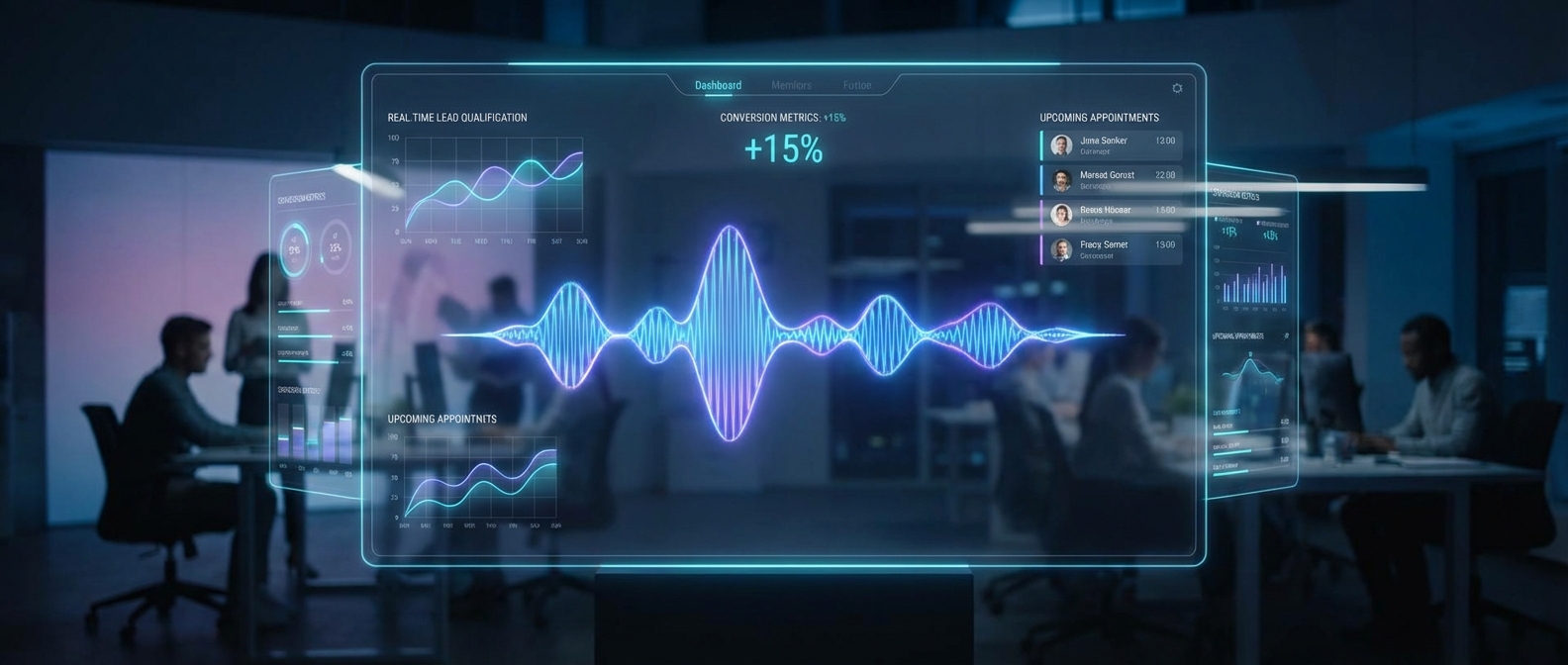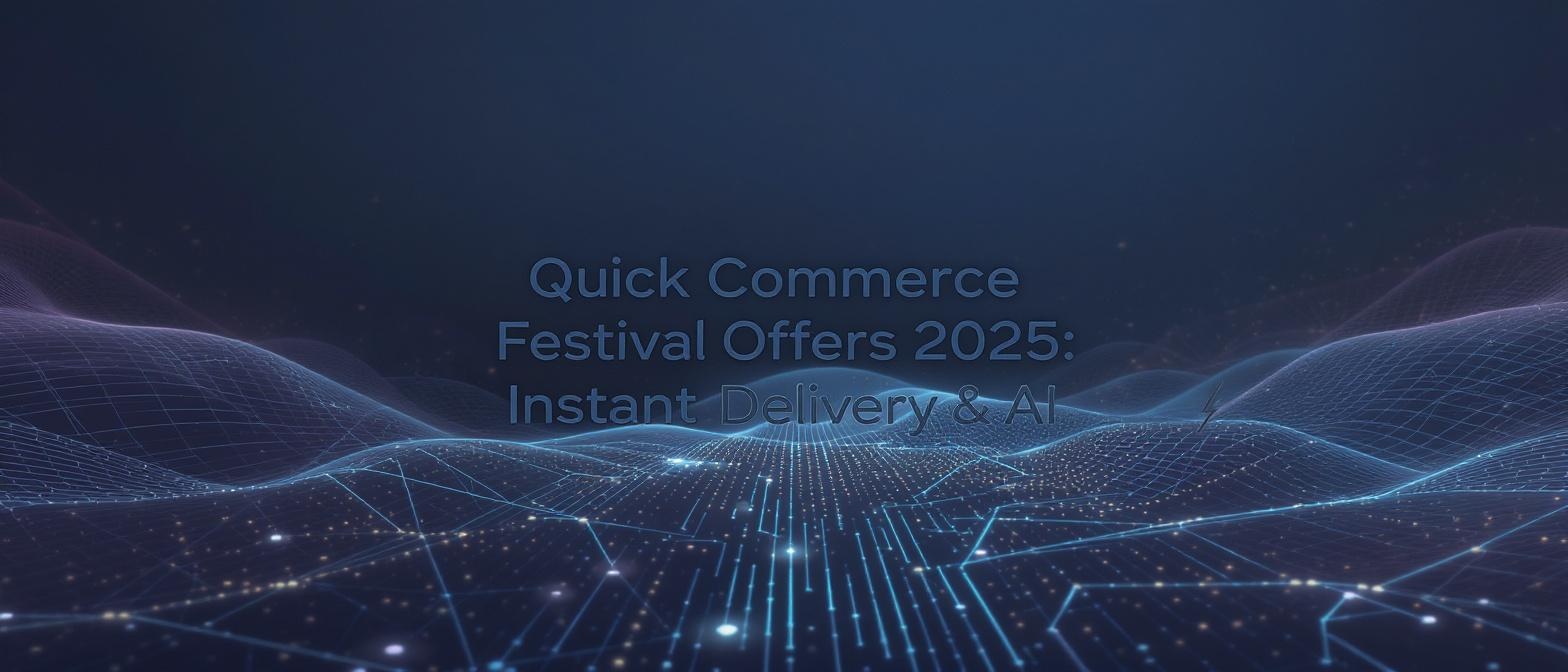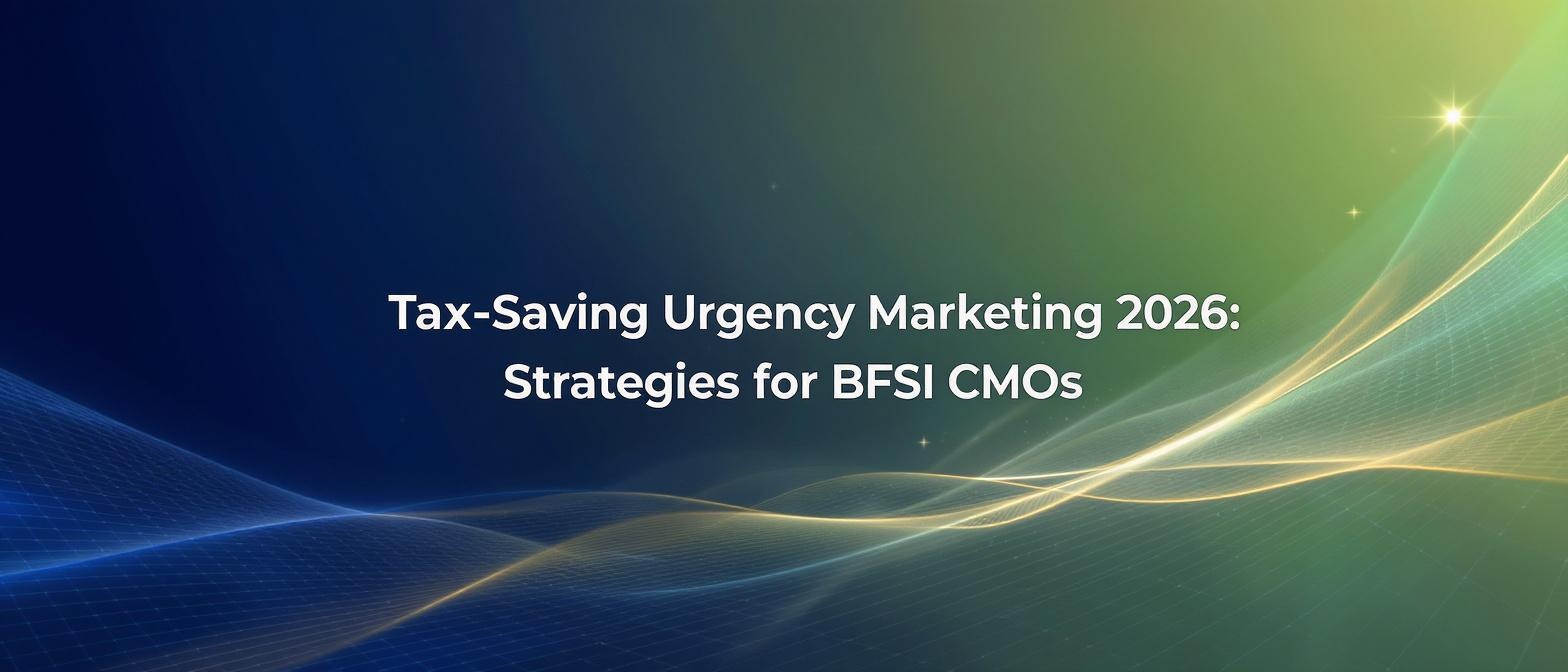The Ultimate Guide to Creating High-Converting AI Social Media Ads in 2025
Estimated reading time: ~10 minutes
Key Takeaways
- AI-powered ads offer unprecedented personalization across large audiences.
- Machine learning enables real-time optimization for maximum ROI.
- Ethical considerations are critical to maintain trust in AI-generated content.
- Combining human creativity with AI-driven insights leads to superior campaign performance.
In the hyper-competitive digital landscape of 2025, simply being present on social media is no longer enough. Marketers are in a constant battle for attention, and the old playbook of manual A/B testing and broad targeting is rapidly becoming obsolete. The key to not just surviving but thriving lies in harnessing the transformative power of artificial intelligence. If you’re looking to elevate your campaigns, this guide will provide a comprehensive, step-by-step framework for creating AI social media ads that deliver unparalleled results https://www.truefan.ai/blogs/ai-social-media-videos-playbook-2025-strategy-roi.
The shift is undeniable. According to recent projections from HubSpot, 64% of marketers plan to increase their investment in AI and automation tools this year. Why? Because AI-powered advertising isn’t a futuristic concept—it’s the new standard for performance. It allows for a level of personalization, speed, and data-driven optimization that was previously unimaginable, turning good campaigns into market-defining success stories.
This isn’t just another overview of AI features. This is your definitive blueprint. We will deconstruct the entire process, from foundational strategy and hyper-personalized audience creation to advanced ROI measurement and the critical ethical considerations you cannot afford to ignore. Prepare to move beyond the hype and build a scalable, high-converting AI advertising engine for your brand.
Chapter 1: The New Reality: Why AI Social Media Ads Are Dominating 2025
First, let’s move beyond the buzzwords. AI social media ads are not just about automated bidding. They represent a fundamental evolution in how brands connect with consumers. At its core, AI-powered advertising uses machine learning algorithms to analyze massive datasets, predict consumer behavior, and automate the creation, delivery, and optimization of ad campaigns in real time.
This data-driven approach is resonating powerfully with modern consumers. A landmark study by McKinsey revealed that 78% of consumers are more likely to make a purchase from brands that deliver personalized advertising experiences. AI is the only scalable way to achieve this level of one-to-one communication across millions of potential customers.
The financial impact is equally compelling. As we move further into 2025, the global market for AI in social media is projected to soar past $7.9 billion. Businesses are not just experimenting; they are seeing tangible returns. Early adopters are reporting significant competitive advantages, including higher engagement rates, lower customer acquisition costs, and dramatically improved campaign ROI https://www.truefan.ai/blogs/ai-marketing-videos-2025-guide-for-measurable-roi. The message is clear: mastering AI in your advertising strategy is no longer optional—it’s essential for growth.
Chapter 2: The Strategic Blueprint: 7 Steps to Launching a High-Converting AI Ad Campaign
The most powerful tool is only as effective as the strategy behind it. Follow this seven-step process to build your AI ad campaigns on a foundation of precision, creativity, and continuous improvement.
Step 1: Define Your “AI-Informed” Objective
Before you generate a single image or write a line of copy, you must define what success looks like. AI allows you to move beyond vanity metrics like ‘likes’ and focus on objectives that directly impact your bottom line.
Traditional Objective: “Increase engagement on our posts.”
AI-Informed Objective: “Identify and convert high-value customer segments, using predictive analytics to achieve a 25% higher lifetime value (LTV) compared to last quarter’s baseline.”
Your goal should be specific, measurable, and informed by the capabilities AI brings to the table, such as predictive LTV, churn risk analysis, or AI-assisted attribution modeling.
Step 2: Hyper-Personalization: Crafting Your Ideal Customer Persona with AI
AI can analyze thousands of data points—demographics, psychographics, browsing behavior, purchase history, social media interactions—to build incredibly detailed and accurate customer personas https://www.truefan.ai/blogs/ai-avatar-for-video-marketing-definitive-2025-guide.
- Action: Use the AI-powered audience tools within platforms like Meta Ads or leverage third-party customer data platforms (CDPs). Feed the algorithm your existing first-party data (e.g., your CRM list) to create lookalike audiences. Don’t just build one persona; use AI to identify 3-5 distinct, high-potential micro-segments that a human analyst might miss.
Step 3: The Creative Engine: Generating Ad Variants at Scale
This is where AI’s ability to augment human creativity truly shines, especially with video content, which is expected to account for over 82% of all internet traffic in 2025. Manually creating dozens of video ad variations for your micro-segments is a logistical nightmare. AI makes it trivial.
Platforms like Studio by TrueFan AI enable marketers to generate hundreds of high-quality video ad variants in minutes, not weeks. By simply inputting different scripts, backgrounds, or calls-to-action, you can create bespoke ads tailored to each of your AI-defined personas. This allows for unprecedented A/B testing velocity, quickly identifying the creative combinations that resonate most deeply with each audience segment https://www.truefan.ai/blogs/ai-video-creation-transforming-ad-strategies.
Step 4: Scripting for Conversion: AI-Assisted Copywriting
Staring at a blank page is a thing of the past. Modern AI copywriting tools can analyze top-performing ads in your industry and generate compelling headlines, body copy, and CTAs based on proven conversion principles.
- Best Practice: Don’t just copy and paste. Use AI as your creative co-pilot. Generate five different headline options, then use your human expertise to refine the best one. Ask the AI to rewrite your copy in a different tone (e.g., “more urgent,” “more empathetic”) to match the emotional drivers of each customer persona.
Step 5: Global Reach, Local Touch: AI for Multilingual Campaigns
Expanding into new international markets used to require a massive investment in translation, voice-over artists, and regional marketing teams. AI has democratized global advertising. The ability to translate and localize content instantly without losing emotional nuance or context is a game-changer. For businesses looking to scale internationally, Studio by TrueFan AI’s 175+ language support and AI avatars provide an unparalleled advantage, ensuring that video ads are not just translated, but culturally resonant, with perfect lip-syncing that builds trust and authenticity in any market https://www.truefan.ai/blogs/ai-animated-videos-marketing-engine-2025.
Step 6: Smart Deployment: AI-Powered Bidding and Scheduling
Let the machine handle the complex calculations. AI bidding algorithms on platforms like Google and Meta can process millions of signals in real-time to determine the optimal bid for each ad impression.
- Action: Move away from manual bidding. Start with an automated bidding strategy like “Maximize Conversions” or “Target ROAS” (Return on Ad Spend). The algorithm will learn over time, becoming progressively more efficient at allocating your budget to the placements and audiences most likely to convert, at the lowest possible cost.
Step 7: The Learning Loop: Real-Time Optimization
A traditional campaign is reviewed weekly. An AI-powered campaign optimizes itself every minute. The system constantly monitors performance data and makes micro-adjustments to targeting, creative delivery, and budget allocation.
Your role shifts from a manual tweaker to a strategic overseer. Monitor the AI’s performance, but focus your energy on feeding it better inputs: fresh creative, new audience hypotheses, and updated strategic objectives. This human-machine partnership is the core of modern performance marketing.
Chapter 3: Measuring What Matters: Proving the ROI of Your AI Ad Spend
One of the most significant challenges for marketers has been accurately attributing revenue to specific social media activities. AI is finally solving this problem with more sophisticated measurement models. According to a 2025 forecast by Sprout Social, proving ROI remains a top challenge for 61% of marketers. Here’s how AI helps you break through.
- AI-Assisted Attribution: AI models can analyze the entire customer journey across multiple touchpoints, assigning credit more accurately than last-click models. This gives you a true understanding of how your social ads are influencing conversions, even if they aren’t the final click.
- Predictive ROAS: Instead of just looking at past performance, AI can forecast the future ROAS of different campaign strategies, allowing you to invest your budget with much greater confidence https://www.truefan.ai/blogs/ai-storytelling-strategy-2025.
- Cost-Per-Conversion Reduction: Solutions like Studio by TrueFan AI demonstrate ROI through drastic reductions in production costs and campaign setup times. When you can create a localized, multi-variant video campaign in an afternoon for a fraction of the cost of a traditional shoot, your overall return on investment skyrockets before the first ad is even served. Track these operational savings as a key part of your ROI calculation.
Chapter 4: Navigating the Ethical Minefield: Trust, Transparency, and Compliance
With great power comes great responsibility. The rise of AI-generated content and deepfake technology has created a new set of ethical challenges that brands must navigate carefully to maintain consumer trust. Ignoring this is a critical business risk.
- The Transparency Mandate: Leading social platforms like Meta and TikTok now require advertisers to disclose when their ads contain realistic, AI-generated imagery or video. Failing to do so can result in ad rejection or account penalties. Always be transparent.
- The Scourge of Deepfakes: Using AI to create unauthorized likenesses of celebrities or individuals is not only unethical but also a legal minefield. It’s crucial to partner with AI platforms that prioritize ethical content creation.
- The “Consent-First” Model: The gold standard for ethical AI is a “consent-first” approach. This means that any real person depicted as an AI avatar has given explicit, informed consent and is often a partner in the process. This approach, which is central to responsible platforms, protects your brand from the reputational damage associated with unauthorized deepfakes. For a deeper dive into the global governance of AI, the World Economic Forum provides excellent resources.
Building your AI advertising strategy on an ethical foundation is non-negotiable. It protects your brand, builds long-term customer trust, and ensures the sustainable, responsible growth of your marketing efforts.
Chapter 5: Beyond the Hype: Advanced AI Ad Strategies for Market Leaders
Once you’ve mastered the fundamentals, you can leverage AI for truly cutting-edge competitive advantages.
- Predictive Audience Segmentation: Go beyond lookalike audiences. Advanced AI can analyze market trends and your own customer data to predict which new audience segments will be most receptive to your product before you even target them. This allows you to be the first to market to emerging consumer groups.
- Dynamic Creative Optimization (DCO): This is the pinnacle of ad personalization. DCO systems automatically assemble the “perfect” ad for each individual user in real time. The AI pulls from a library of assets (images, videos, headlines, CTAs) and combines them into the ad variation most likely to convert that specific person at that specific moment.
- AI-Powered Competitive Analysis: Use AI tools to monitor your competitors’ ad campaigns at scale. These tools can analyze their messaging, targeting strategies, and creative performance, providing you with actionable insights to refine your own approach and identify gaps in the market they’ve missed.
Chapter 6: Frequently Asked Questions (FAQ)
Frequently Asked Questions
1. What’s the biggest mistake people make with AI social media ads?
The most common mistake is treating AI as a “set it and forget it” tool. AI requires strategic direction. The “garbage in, garbage out” principle applies. The quality of your inputs—your strategic objectives, your first-party data, your creative assets, and your brand guidelines—will directly determine the quality of the AI’s output.
2. How much does it cost to run AI social media ads?
The cost has two components: the ad spend and the tool cost. The ad spend is determined by your budget and bidding strategy on platforms like Meta or TikTok. The cost of AI tools varies widely. Some AI features are built into the ad platforms themselves, while specialized tools for creative generation or analytics are typically subscription-based, ranging from affordable monthly plans for small businesses to enterprise-level contracts.
3. Can AI completely replace human creativity in advertising?
No. The optimal approach is a human-machine partnership. AI is brilliant at handling scale, data analysis, and variation testing. Humans excel at strategy, brand storytelling, emotional intelligence, and identifying the core “big idea” for a campaign. Use AI to augment and scale human creativity, not replace it.
4. How do I ensure my AI-generated video ads are compliant and ethical?
The key is to choose your platform partners wisely. Work with companies that have clear, public-facing ethics policies. For video, this is paramount. For example, using a platform like Studio by TrueFan AI ensures compliance because all their avatars are based on real, licensed actors who have given full consent, and the platform has built-in content moderation to prevent misuse. This insulates your brand from legal and reputational risks.
5. What social media platforms are best for AI-powered video ads?
Platforms with sophisticated ad algorithms and large, diverse user bases are ideal. Meta (Facebook and Instagram), TikTok, and YouTube are the top contenders. Their AI-driven targeting and optimization capabilities are incredibly powerful, especially for video content, which is native to all three platforms.
6. How long does it take to see results from an AI ad campaign?
AI campaigns have a “learning phase,” which can last from a few days to a week. During this time, the algorithm is gathering data to understand what works. You may see fluctuating results initially. Typically, after the learning phase is complete, you will begin to see more stable and optimized performance. Expect to see meaningful trends and ROI data within the first 30 days.
The Future is Now
The era of AI-powered advertising is here, and it’s fundamentally reshaping the marketing landscape. By embracing a strategy that combines human insight with machine intelligence, you can create AI social media ads that are not only more efficient but also more resonant, personalized, and profitable.
The path to high-converting campaigns is no longer about outspending the competition; it’s about outsmarting them. By following the blueprint laid out in this guide—from setting AI-informed objectives and leveraging scalable creative to measuring true ROI and upholding ethical standards—you are equipping your brand with the tools and strategies needed to win. The future of advertising isn’t coming. It has arrived.




